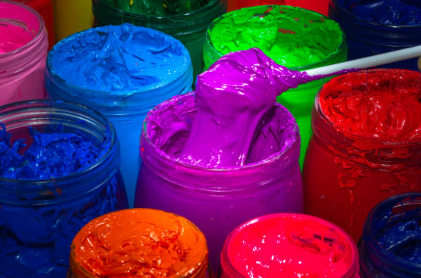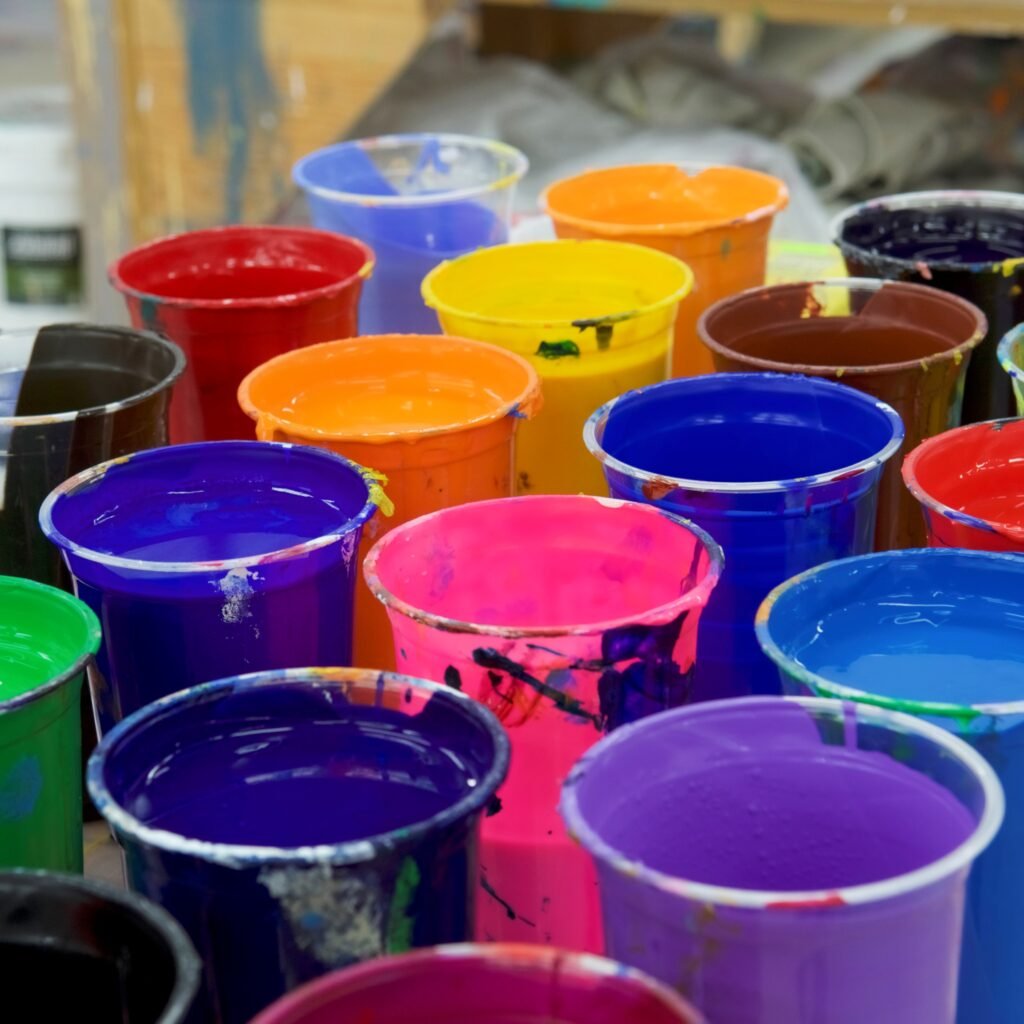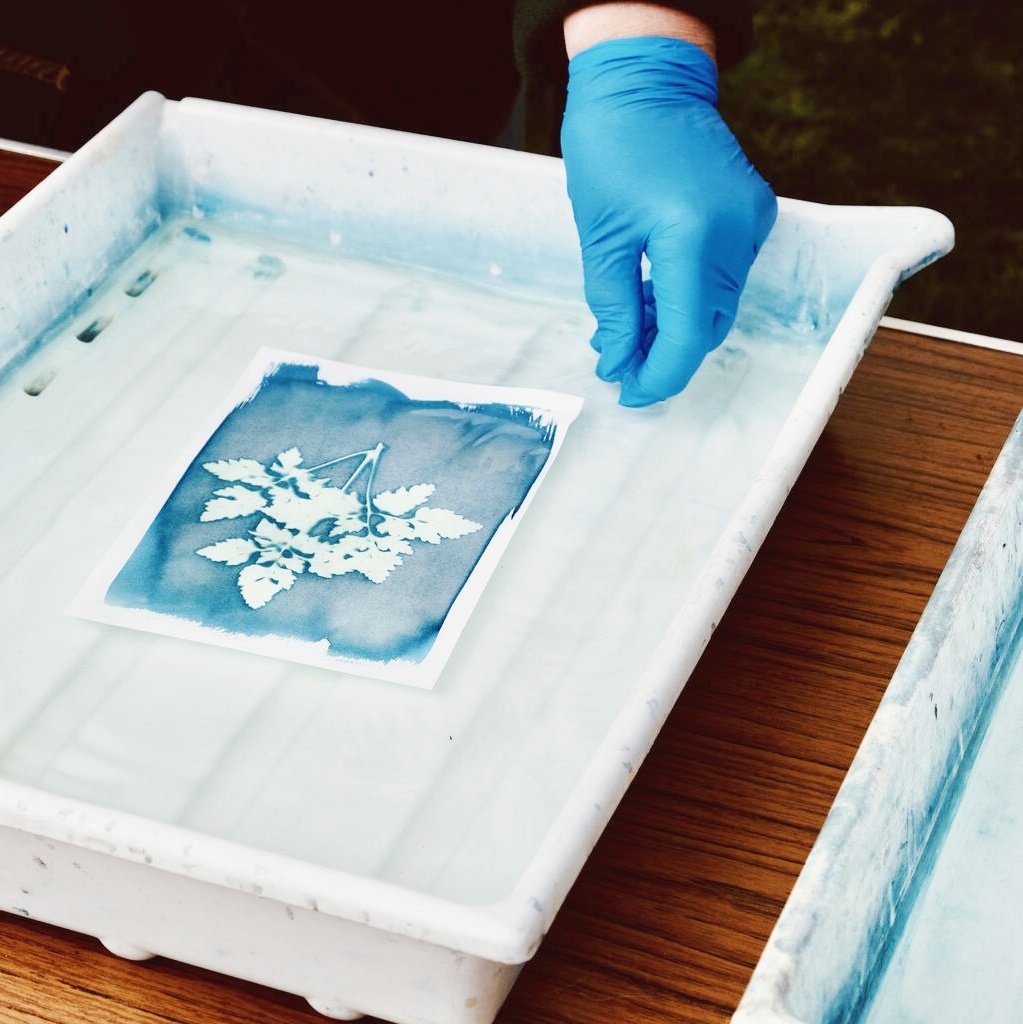Indholdsfortegnelse
Plastisol Ink vs. Other Inks: A Complete Guide for Printers
Choosing the right ink for your printing projects can make or break the final product. With options like plastisol, vandbaseret, udledning, UV-hærdende, og sublimation inks, it’s essential to understand their strengths, weaknesses, and best uses. This guide breaks down everything you need to know to make informed decisions.
Hvad er Plastisol Ink?
Plastisol-blæk is a go-to choice for screen printers worldwide. Made from PVC harpiks og liquid plasticizers, it’s known for its durability and vibrant colors. Here’s what sets it apart:
- Heat-Cured: Requires temperatures above 300°F to dry.
- Thick Consistency: Perfect for bold, opaque designs on dark fabrics like cotton.
- Long-Lasting: Survives 50+ washes without fading, making it ideal for workwear or sportswear.
Common Uses:
- T-shirts, hats, and tote bags.
- Sportswear and promotional items.
Top Brands:
- Wilflex
- Union blæk
- Internationale belægninger
Eksempel: Printers often use plastisol for company uniforms because the colors stay bright even after repeated washing.

How Plastisol Ink Compares to Other Inks
1. Plastisol vs. Water-Based Ink
Water-Based Ink Pros:
- Soft Feel: The ink soaks into the fabric, leaving no texture.
- Miljøvenlig: Contains 90% fewer harmful chemicals (VOCs) than plastisol.
- Great for Light Fabrics: Works well on light-colored cotton.
Water-Based Ink Cons:
- Long Drying Time: Requires heat presses or air drying.
- Fades on Dark Fabrics: Not ideal for bold designs on black shirts.
Bedst til: Baby clothes, eco-conscious brands, or light-colored apparel.
Eksempel: Outdoor brand Patagonia uses water-based inks to meet strict environmental standards like Oeko-Tex certification.
But using thermosetting ink to make dots has the best feel.
2. Plastisol vs. Discharge Ink
Discharge Ink Pros:
- Vintage Look: Removes dye from dark fabrics, creating a soft, worn-in appearance.
- Breathable Finish: Feels lighter than plastisol.
Discharge Ink Cons:
- Limited Fabric Compatibility: Only works on 100% cotton.
- Short Shelf Life: Lasts about 6 months before losing effectiveness.
Bedst til: Vintage-style shirts or brands like Bella+Canvas.
Eksempel: A small apparel brand switched to discharge ink for retro designs, attracting customers who love a “lived-in” look.
3. Plastisol vs. UV-Curable Ink
UV-Curable Ink Pros:
- Instant Drying: Cures in 1–5 seconds under UV light.
- Weatherproof: Resists sun, rain, and scratches, perfect for outdoor signage.
UV-Curable Ink Cons:
- High Cost: 30% more expensive than plastisol.
- Special Equipment Needed: Requires UV lamps and compatible printers.
Bedst til: Industrial printing, labels, or outdoor gear.
Eksempel: Avery Dennison uses UV ink for truck decals that withstand harsh weather conditions.
4. Plastisol vs. Sublimation Ink
Sublimation Ink Pros:
- No Cracking: Stretches with polyester fabrics, ideal for activewear.
- Full-Color Designs: Perfect for photorealistic prints.
Sublimation Ink Cons:
- Polyester Only: Doesn’t work on cotton.
- Special Paper Required: Adds to production costs.
Bedst til: Sportswear, leggings, or high-performance apparel.
Eksempel: Nike uses sublimation ink for its Dri-FIT line, ensuring designs stay intact during intense workouts.
Key Factors to Consider When Choosing Ink
1. Fabric Type
- Bomuld: Plastisol works best for bold, long-lasting prints.
- Polyester: Sublimation ink is the top choice for stretchy fabrics.
- Blandinger: Test hybrid inks like UltraFlex for mixed materials.
2. Durability Needs
- High Traffic Items (e.g., work uniforms): Opt for plastisol.
- Outdoor Use: UV-curable ink offers superior weather resistance.
3. Budget
- Low-Cost Option: Plastisol is affordable for bulk orders.
- Eco-Friendly Choice: Water-based inks cost more upfront but appeal to green-minded customers.
4. Miljøpåvirkning
- Miljøvenlige trykfarver: Water-based and discharge inks have fewer harmful chemicals.
- Recycling: Brands like Nazdar offer programs to recycle unused ink.
5. Regulatory Compliance
- Safety Standards: Follow NÅ (EU) and CPSIA (USA) guidelines for chemical safety.
Common Printing Problems and Solutions
1. Problem: Plastisol Feels Stiff
Lave: Use a soft-hand additive like Wilflex Epic to make prints more flexible.
2. Problem: Ink Bleeds on Detailed Designs
Lave: Use a 200+ mesh screen to keep fine lines crisp.
3. Problem: Cracking on Stretchy Fabrics
Lave: Switch to a hybrid ink like UltraFlex, which bends with the fabric.
Real-World Example: A yoga apparel company solved cracking issues by testing hybrid inks on stretchy leggings.
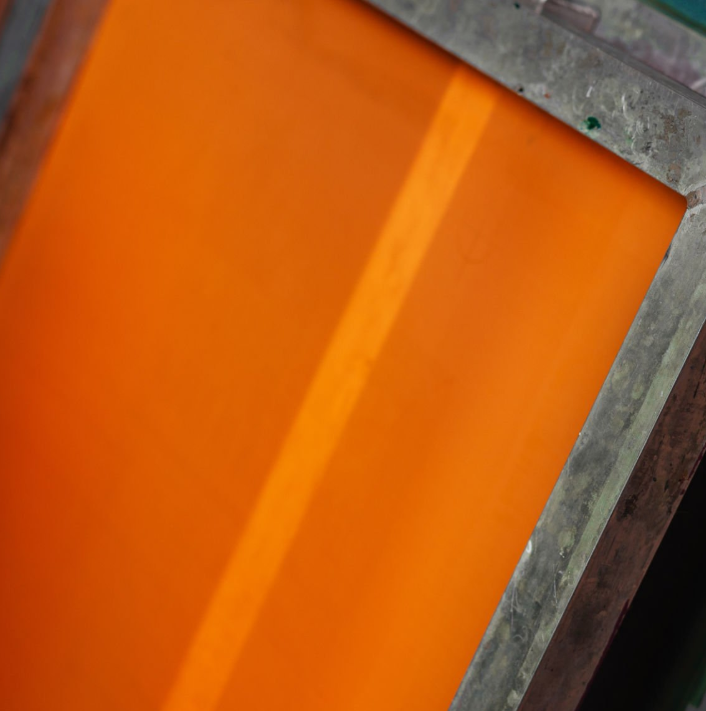
Eco-Friendly Trends in the Printing Industry
- Phthalate-Free Plastisol:
- Brands like QCM’s EcoWorx offer safer, greener plastisol options.
- Sales of phthalate-free inks grew 22% between 2020 and 2023.
- Water-Based Innovations:
- New formulas like AquaTru dry faster, reducing energy use.
- Recycling Programs:
- Companies like Nazdar accept old ink containers to reduce landfill waste.
Success Stories from Printers
Case 1: Sportswear Brand
Problem: Heavy plastisol prints made jerseys uncomfortable. Løsning: Switched to sublimation ink. Result: Jerseys became 25% lighter, boosting sales by 15%.
Case 2: Promotional Company
Problem: Clients demanded eco-friendly options. Løsning: Used water-based discharge ink. Result: Retained 90% of clients by meeting sustainability goals.
Case 3: Signage Business
Problem: Outdoor signs faded quickly. Løsning: Adopted UV-curable ink. Result: Signs lasted 3x longer, saving costs on replacements.
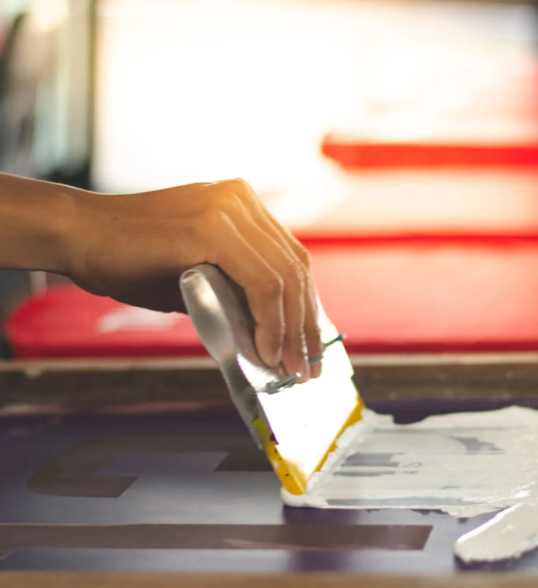
Frequently Asked Questions (FAQ)
Er plastisol blæk vandtæt?
Yes! It’s excellent for outdoor gear like flags and banners.
Does plastisol ink contain harmful chemicals?
Some formulas do. Choose phthalat-fri options for safer use.
What’s the best ink for dark shirts?
Plastisol for bright colors; discharge ink for a soft, vintage feel.
Can I mix plastisol and water-based inks?
No—they won’t adhere properly. Stick to one type per design.
Pro Tips for Printers
- Test først: Print a small batch to check color accuracy and durability.
- Stay Compliant: Research regulations like NÅ if selling internationally.
- Recycle Smartly: Partner with ink suppliers that offer recycling programs.
Konklusion
Plastisol-blæk remains the top choice for vibrant, durable prints on cotton. However, alternatives like vandbaseret, udledning, UV-hærdende, og sublimation inks excel in specific scenarios—whether you prioritize softness, eco-friendliness, or stretchability. Always test your ink choice on a sample fabric and stay updated on industry trends to keep your printing business competitive. Happy printing!

